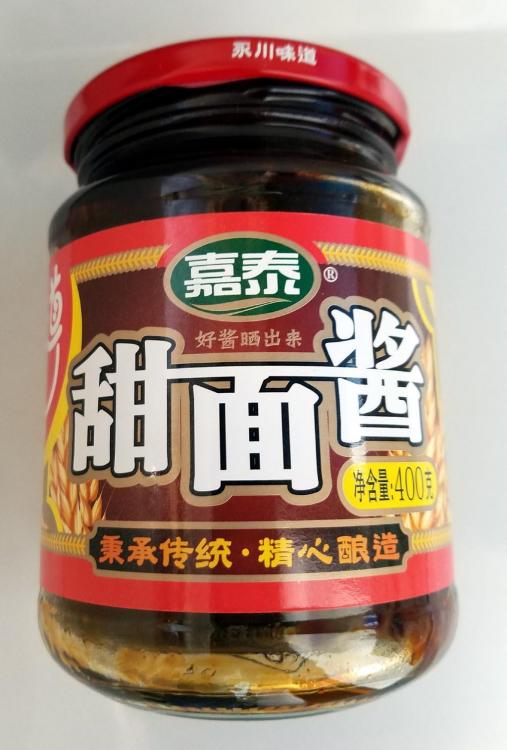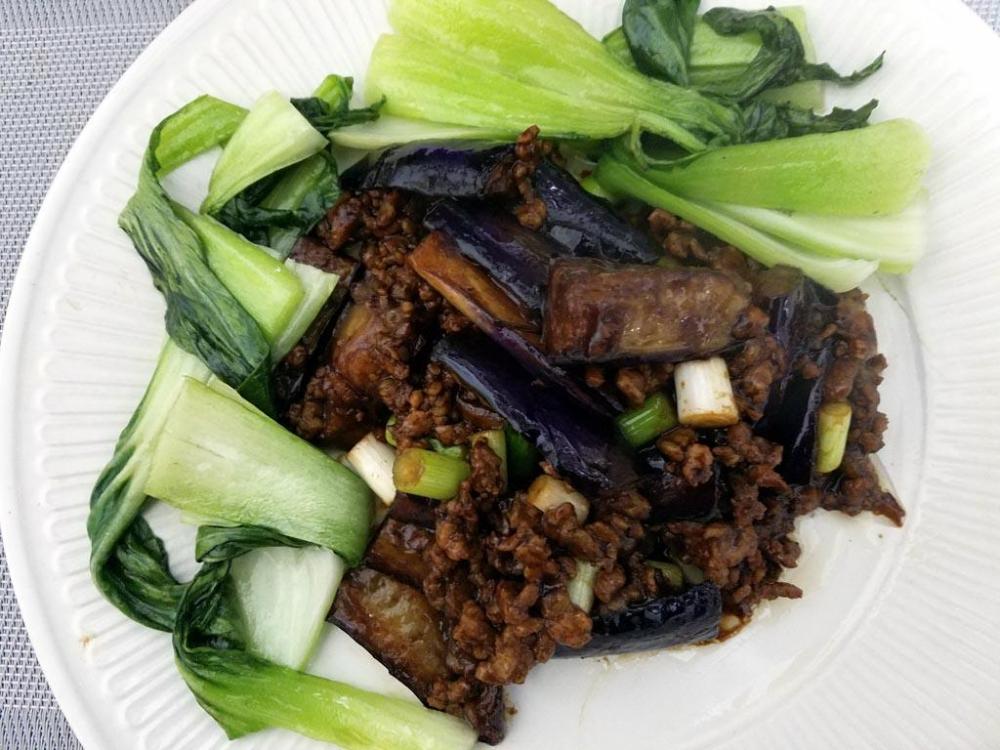Last night, I had an online conversation with a friend in the next city and she mentioned that she had had 茄子肉末 qiézi ròumò or aubergine/eggplant with minced pork for dinner. That sounded good.
But instead I made 肉沫茄子 ròumò qiézi or minced pork with aubergine/eggplant. What, you may ask is the difference? Well, it's subtle. Chinese restaurants tend to put the dominant ingredient first. So 茄子肉末 will be more vegetable while 肉沫茄子 will be more meat. I have even seen both on same menu in some restaurants.
Served with Shanghai bok choy (上海白菜 shànghǎi bái cài) and rice.
Before I came to China I never associated aubergine/eggplant with Chinese cuisine, but there are some wonderful dishes using it. This one is one of my favourites, though. Fuchsia Dunlop does a fine version in Land of Fish and Rice.(page 203).
The only "exotic" ingredient is Sweet Fermented Sauce (甜面酱 tián miàn jiàng), but it should be available in any Asian market.





